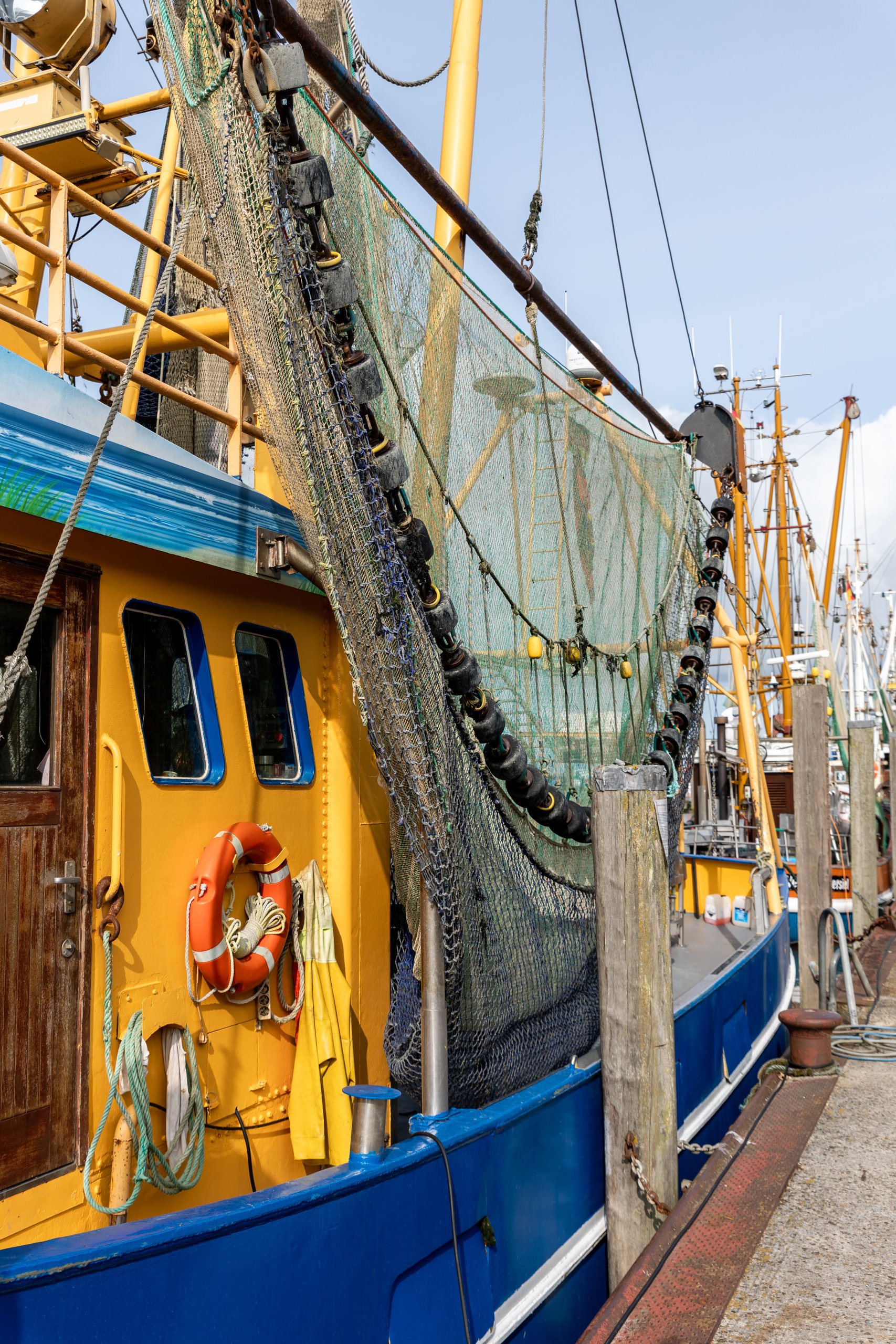A fundamental purpose of Ecosystem Based Fisheries Management (EBFM) is to ensure, as SEAwise researchers phrase it, an “ecologically safe space for fisheries”. In other words, EBFM seeks to establish a state in which a fishery can provide a sustainable yield of fish, maintain the functioning of the marine ecosystem in which it exists, and minimise the risk of species overexploitation. An ecologically safe space for fisheries should also enable the social and economic needs of dependent fishers and their communities to be met.
To ensure that marine ecosystems are restored to or kept in a good state, it’s essential for us to understand – and be able to measure – the dynamics of food webs and the diversity of species within them. A “food web” is essentially a mapping of who eats who, while “community diversity” describes a range of different species in the ecosystem that can be grouped together in communities that share similar habitats or environments. This report summarises work to establish the most suitable indicators for determining the state of food webs and community diversity, using case studies across the northeast Atlantic and within the Mediterranean Sea. Such indicators will help decision-makers to design management strategies most likely to lead to ecologically sustainable fisheries operating in biodiverse and healthy ecosystems.

The first step in this research was to use data from stock assessment models and scientific surveys to describe the impact of fishing on food webs in the northeast Atlantic and North Sea. This revealed that fish biomass fell during the 1980s, but has since returned to high levels following efforts to rebuild stocks. A similar trend was found for the North Sea, where among demersal fish species (i.e. those living near the bottom of the sea), both the biomass of large fish and the proportion of large individuals within populations fell in the 1980s as a result of high effort by trawlers; following reductions in trawl effort, affected species have begun to recover, especially in the northern North Sea.
Building on these results, the team selected a range of food web and community diversity indicators to investigate further, for example, the ratio of biomass between three “trophic guilds”. A trophic guild is a group of species that all eat the same thing – in this case, species that eat plankton (planktivores), species that eat fish (piscivores), and groups that eat a variety of marine animals found on or in the seabed (benthivores). Five different frameworks were used to model food web dynamics and interactions within ecosystems – and to compare and demonstrate how the indicators responded under different management scenarios.
All models found that the biomass of “apex predators” (species at the top of a food web, who are not eaten by others) typically fell as more of the fish they preyed on were caught. Similarly, as the proportion of large individuals in demersal fish communities decreased, the risk of breakdowns in ecosystem function increased – providing evidence for the need for management measures that limit how many large (and often more fertile) individuals in any stock can be caught. Other relationships were less clear-cut, with the amount of fishing going on or the types of gears being used having the effect of either decreasing or increasing levels of community diversity, depending on the context. This points to the need for fisheries management to be tailored to its specific context – there is no-one-size-fits-all solution that can be applied across the board in Europe.
Through this work, we identified the ecological indicators that show common predictable responses to fishing. These included fisheries landings relative to chlorophyll concentration (from organisms such as marine algae), the biomass of top predators, and size-based indicators of fish communities. These indicators should therefore be most useful to managers in identifying risk thresholds for overexploitation of fish species and loss of ecosystem function. Indicators found to be unsuitable for this purpose included the biomass of prey species as a whole, and how many planktivores in an ecosystem are mature as opposed to immature.. Knowing all this will support the development of EBFM-led strategies that are capable of tracking the health state of ecosystems and responding with appropriate management measures where needed to maintain productive fisheries and protect and restore marine diversity.
The indicator targets for recovery and risk-based thresholds that this report has identified as most appropriate will feed into research undertaken as part of SEAwise’s work theme ‘Evaluation of fisheries management strategies in an ecosystem context’.
You can read the full report here.
Stay up to date with SEAwise news and research, hear about upcoming events, and receive updates on fisheries news from across the European seascape.